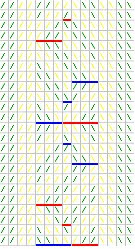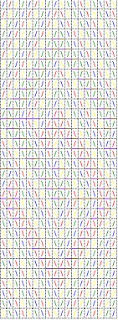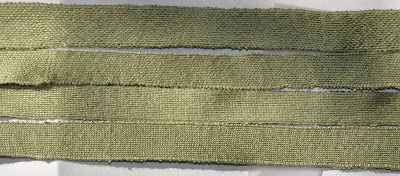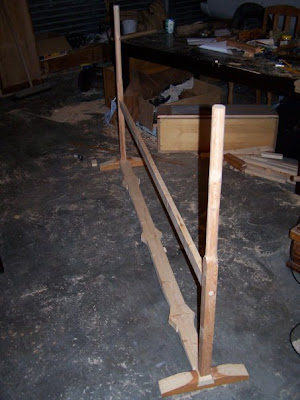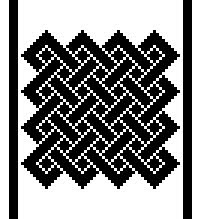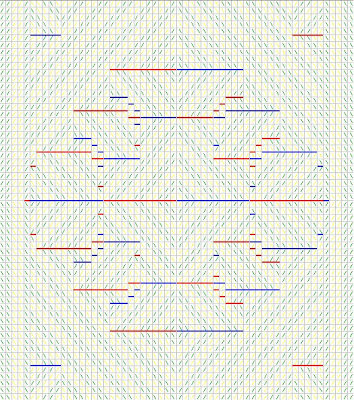The fylfot/swastika in tablet weaving
I think anyone reading this blog is likely to be aware that the fylfot is a very common motif in Iron Age and Medieval geometric patterns. It is present in some of the brocaded Viking patterns I wove last year, such as the Mammen band and Birka 6 . Before I started work on these bands, I asked my friends what they thought about including this motif in my weaving. People seemed to fall into two camps: It would offend me, not because I think you are aligning yourself with Nazi philosophies, but because you are showing insensitivity to the fact that I may be offended. Don't do it. It wouldn't offend me, but I still wouldn't do it if I were you because it would offend other people. I am quite annoyed that the Nazis have gone and ruined such a perfectly good motif (I mean, obviously, in terms of Bad Thing The Nazis Did, this doesn't really rate, but you know what I mean). I also find the self-perpetuating nature of camp 1 to be somewhat frustrating. I don't mean t
